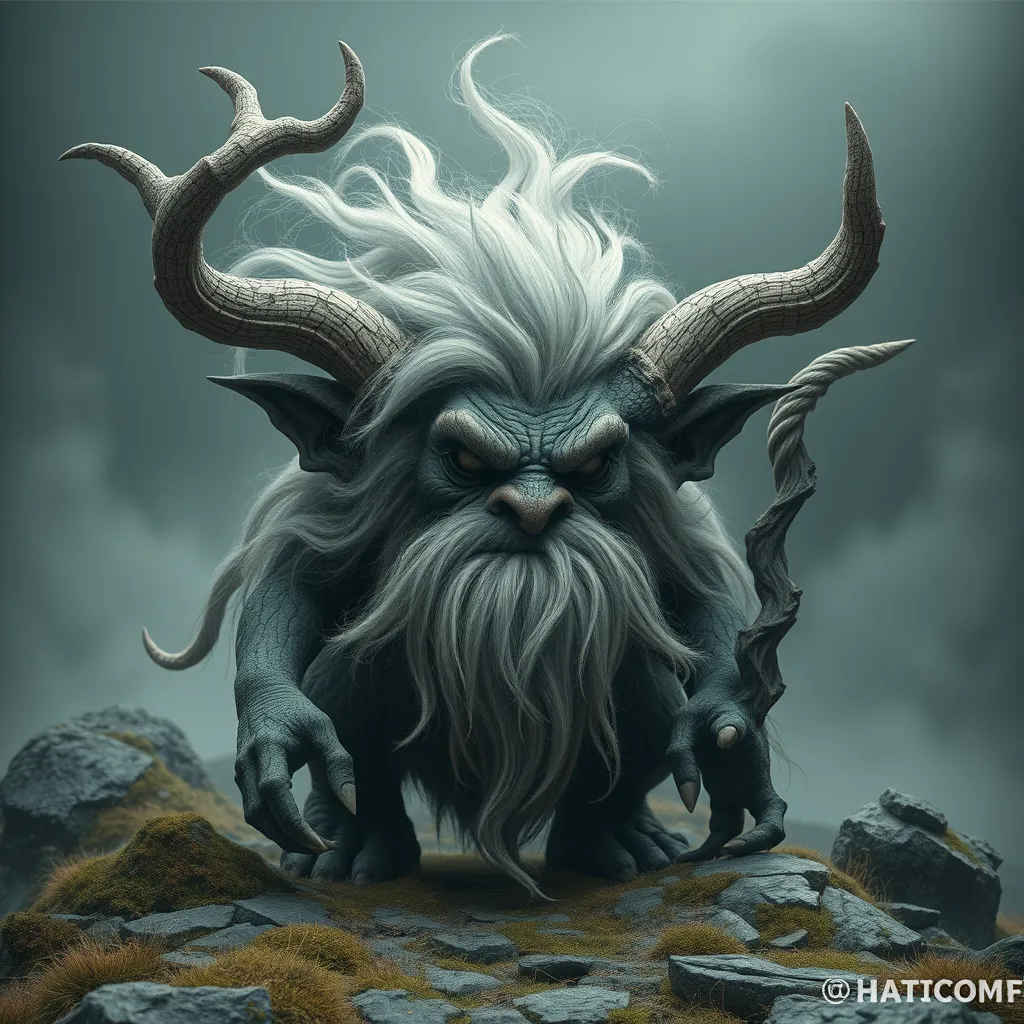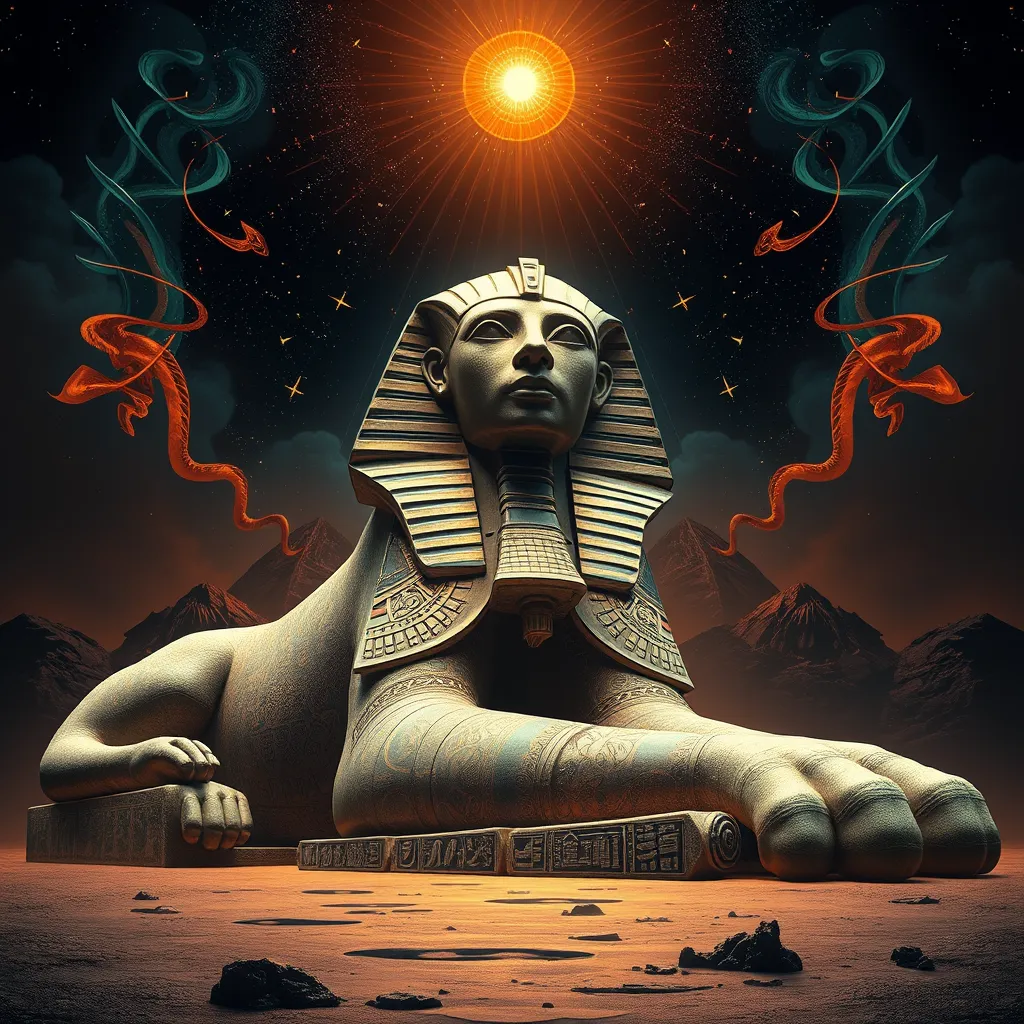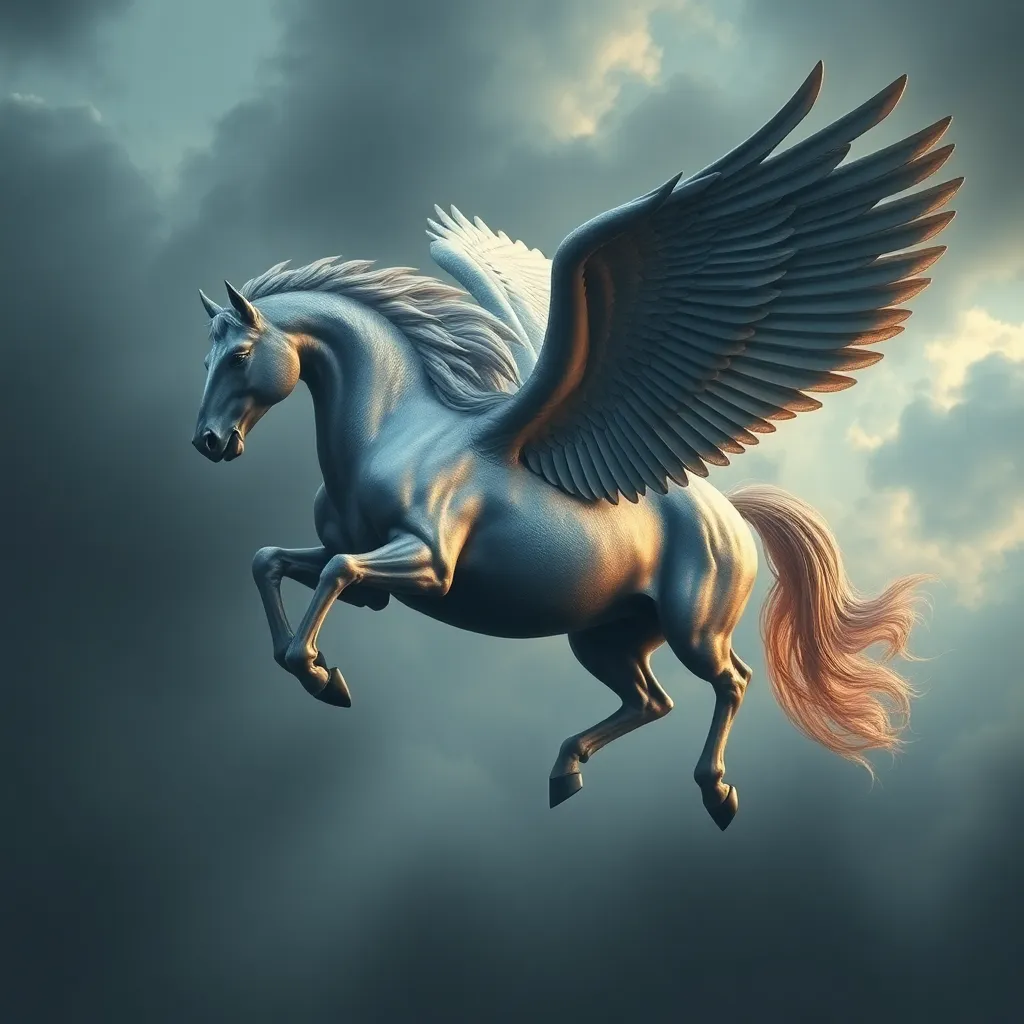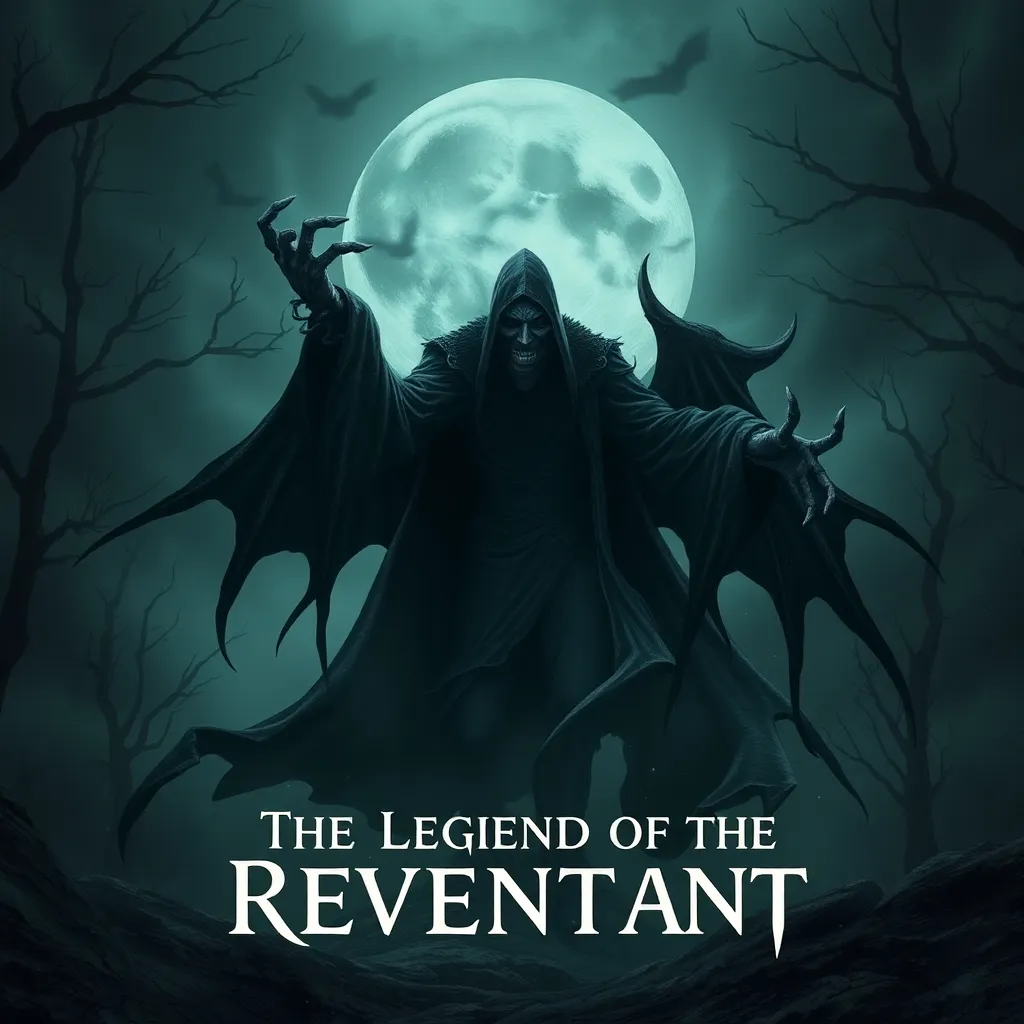The Troll’s Journey: From Ancient Beliefs to Modern Interpretations
I. Introduction
In folklore and mythology, trolls are often depicted as brutish creatures dwelling in the shadows of mountains, forests, and caves. These beings have captivated the human imagination for centuries, embodying the fears and morals of the cultures that created them. This article aims to explore the rich tapestry of troll mythology, tracing its evolution from ancient beliefs to contemporary interpretations while highlighting the significance of these mythical figures in our cultural narratives.
The exploration of trolls’ journey reveals not only the transformation of their representations over time but also the underlying themes of human nature, societal fears, and the quest for understanding the unknown.
II. Origins of Troll Mythology
The origins of troll mythology can be traced back to Norse and Scandinavian folklore, where these creatures were often portrayed as beings of enormous size and strength, frequently at odds with humans and the gods alike. Their characteristics varied significantly across different tales, but they were commonly described as having grotesque features, including large noses, unkempt hair, and a general appearance that struck fear into the hearts of those who encountered them.
Historically, trolls were believed to inhabit remote areas, far from human civilization. This geographical isolation contributed to their portrayal as primitive and savage beings. In the context of ancient belief systems, trolls served various roles, including:
- Guardians of hidden treasures
- Spirits of nature and the wilderness
- Representatives of chaos and disorder in contrast to the civilized world
III. Trolls in Medieval Literature
The depiction of trolls in medieval literature marks a significant phase in their mythology. Texts such as the Poetic Edda and Heimskringla present trolls as formidable adversaries to heroes and gods. In these sagas, trolls are frequently portrayed as cunning and treacherous beings, often engaging in battles with legendary figures.
When comparing trolls to other mythical creatures of the time, such as giants and ogres, one can observe both similarities and differences. While giants were often depicted as embodiments of strength and chaos, trolls were characterized by their cunning and ability to deceive. This distinction became particularly pronounced with the influence of Christianity, which sought to redefine and demonize the pagan beliefs of the past, often casting trolls in a negative light.
IV. The Transition to Modern Folklore
The Romantic movement of the late 18th and early 19th centuries played a crucial role in reshaping folk tales, including those concerning trolls. This era celebrated the natural world and emphasized the importance of folklore as a reflection of cultural identity. As a result, trolls began to be depicted with more nuance, often embodying the struggles between civilization and nature.
The 19th century saw a notable change in the portrayal of trolls, particularly in literature aimed at children. Authors like Hans Christian Andersen and the Brothers Grimm incorporated trolls into their fairy tales, presenting them as both threats and figures of humor, thereby reshaping their narrative roles. This transition allowed trolls to become more relatable:
- From monstrous villains to misunderstood creatures
- From fearsome beings to comedic characters
V. Trolls in Contemporary Media
In the modern era, trolls have found a new life in film, television, and video games. This resurgence often reflects contemporary societal themes and resonates with audiences worldwide. For instance, movies like Trollhunter and animated features such as Trolls showcase a wide range of representations, from terrifying monsters to colorful, friendly beings.
In the realm of video games, trolls continue to thrive as formidable opponents, often appearing in fantasy settings like Dungeons & Dragons and The Elder Scrolls. Their portrayal in these contexts often emphasizes their strength and brute force, aligning with the traditional characteristics.
Furthermore, the concept of trolls has evolved in the context of online culture and social media, where “trolling” has become a term synonymous with disruptive or inflammatory behavior. This modern interpretation highlights the duality of trolls as both mythical creatures and representations of societal challenges in the digital age.
VI. The Symbolism of Trolls in Modern Society
Today, trolls carry metaphorical meanings that transcend their original folklore roots. They symbolize various societal fears and challenges, such as:
- The fear of the unknown and the “other”
- Resistance to societal norms and expectations
- Confrontation with personal demons and inner struggles
This dual nature allows trolls to be perceived as both monstrous and relatable figures, reflecting the complexities of human experience. As society grapples with its fears, trolls serve as a mirror, prompting reflection on our own behaviors and the challenges we face.
VII. Regional Variations and Interpretations
Troll mythology varies significantly across cultures, offering a rich field for exploration. For instance, Icelandic trolls are often characterized as more benevolent and closely tied to nature, while Norwegian trolls are often depicted as brutish and threatening. Understanding these regional variations provides insight into how different cultures interpret the same archetype.
Some notable case studies include:
- Icelandic trolls, often associated with the landscape and natural phenomena
- Norwegian trolls, frequently depicted as antagonistic beings in folklore
In the 21st century, the globalization of troll mythology has led to a blending of these interpretations, creating a rich tapestry of stories that resonate with diverse audiences around the world.
VIII. Conclusion
The evolution of troll mythology from ancient beliefs to contemporary representations illustrates the enduring power of storytelling. As cultural symbols, trolls reflect our fears, aspirations, and the complexities of the human condition. Their ongoing relevance in modern culture reinforces the fascination with these creatures, ensuring that their stories will continue to be told for generations to come.
Ultimately, the journey of trolls from fearsome monsters to relatable figures serves as a testament to the transformative power of mythology and the human need to understand the world around us through the lens of storytelling.



